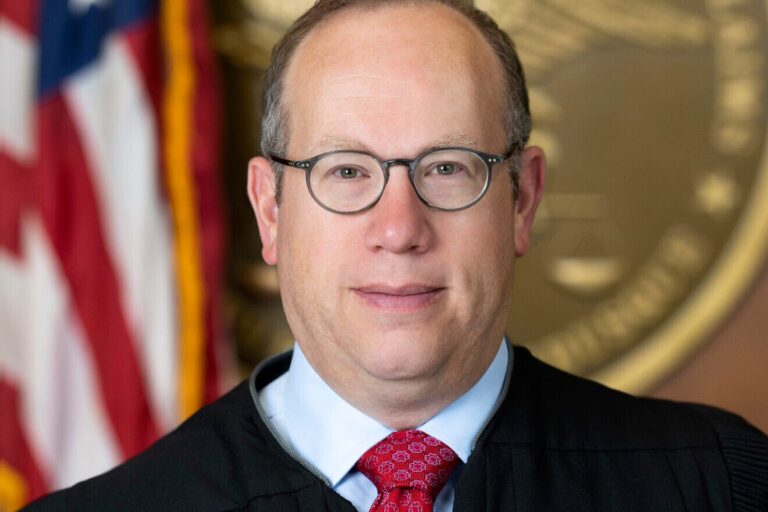 The Federal Aviation Administration announced six states on Monday that will develop test sites for drones, a critical next step for the unmanned aircraft’s march into U.S. skies.
The Federal Aviation Administration announced six states on Monday that will develop test sites for drones, a critical next step for the unmanned aircraft’s march into U.S. skies.
The agency said Alaska, Nevada, New York, North Dakota, Texas and Virginia as states that will host research sites.
Drones have been mainly used by the military, but governments, businesses, farmers and others are making plans to join the market. Many universities are starting or expanding drone programs.
“These test sites will give us valuable information about how best to ensure the safe introduction of this advanced technology into our nation’s skies,” Transportation Secretary Anthony Foxx said in a statement.
The FAA said when selecting the sites it considered geography, climate, location of ground infrastructure, research needs, airspace use, aviation experience and risk.
In the case of Alaska, the FAA cited a diverse set of test site range locations in seven climatic zones. New York’s site at Griffiss International Airport will look into integrating drones into the congested northeast airspace.
The state of North Dakota already has committed $5 million to the venture and named a former state Air National Guard Commander as its test site director.
The FAA does not allow commercial use of drones, but it is working to develop operational guidelines by the end of 2015, although officials concede the project may take longer than expected. The FAA projects some 7,500 commercial drones could be aloft within five years of getting widespread access to American airspace.
An industry-commissioned study last spring predicted more than 70,000 jobs would develop in the first three years after Congress loosens restrictions on U.S. skies. The same study projects an average salary range for a drone pilot between $85,000 and $115,000.
“Safety continues to be our first priority as we move forward with integrating unmanned systems into U.S. airspace,” FAA Administrator Michael Huerta said in a statement. “We have successfully brought new technology into the nation’s aviation system for more than 50 years, and I have no doubt we will do the same with unmanned aircraft.”
(AP)










